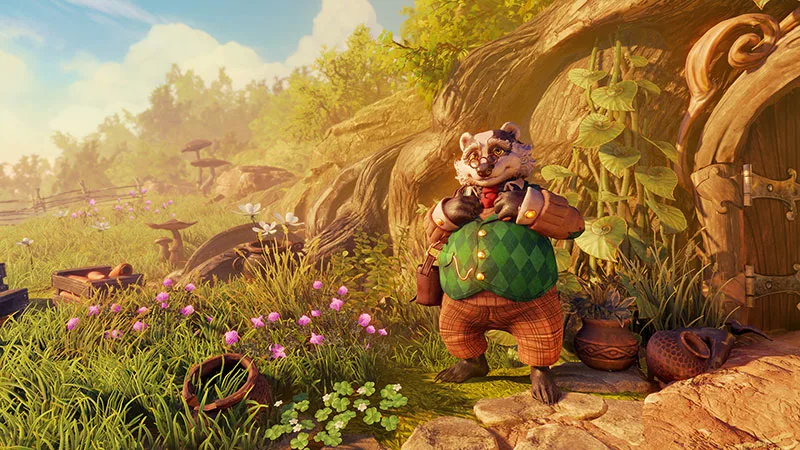
The Magic Behind the Trine Series
The Trine game series stands as a testament to the enduring appeal of innovative gameplay mechanics merged with artistic excellence. Since its debut in 2009, this physics-based puzzle platformer series has carved out a unique niche in the gaming industry, combining thoughtful puzzle design with stunning visuals and cooperative gameplay elements.
The Core: Character Synergy and Physics
At the heart of series’ success lies its innovative three-character system. Players navigate through fantastical environments by switching between Amadeus the Wizard, Pontius the Knight, and Zoya the Thief. Each character brings unique abilities essential for solving the game’s physics-based puzzles, making every challenge a thoughtful exercise in character synergy. This foundation has remained consistent throughout the series, even as individual games have evolved and expanded upon these core mechanics.
The Technology Behind Puzzles
The series began with the robust PhysX engine, setting a high standard for physics-based gameplay in 2009. This technical foundation allowed for intricate puzzle designs where players could manipulate objects, create platforms, and interact with the environment in meaningful ways. The physics engine became such an integral part of the experience that it fundamentally shaped how players approach each challenge, creating a unique blend of platforming and puzzle-solving that defines the series.
The Journey to Success
The numbers tell a compelling story of Trine’s impact on the gaming industry. Starting from modest beginnings, the series achieved remarkable success, with documentation confirming over seven million copies sold by 2014. The initial Trine game captured attention by winning GameSpot’s “Best Downloadable Game” award at E3 2009, setting the stage for what would become one of gaming’s most respected puzzle-platformer franchises.
The Fantasy Worlds
A consistent hallmark of the Trine game series has been its commitment to visual excellence. The games are renowned for their fantasy art direction, creating enchanted forests, magical castles, and mystical environments that push the boundaries of what’s possible in 2.5D presentation. This artistic achievement hasn’t just been window dressing – it’s been fundamental to establishing the series’ identity and creating an immersive experience that complements the gameplay mechanics.
Playing Together: Co-op Magic
Throughout its iterations, Trine has maintained and refined its cooperative gameplay elements. The franchise has consistently offered both local and online multiplayer options, allowing players to tackle its challenges together. This social aspect has been crucial to the series’ longevity, creating memorable experiences where players must combine their characters’ abilities in creative ways to overcome obstacles.
As I mentioned in my article 7 Must-Try Kids Games That Parents Will Actually Love, these cooperative elements make it an excellent choice for family gaming sessions.
7 Must-Try Kids Games That Parents Will Actually Love
Discover how kids games can strengthen family bonds. A parent’s guide to 7 amazing co-op games that both children and adults will love.
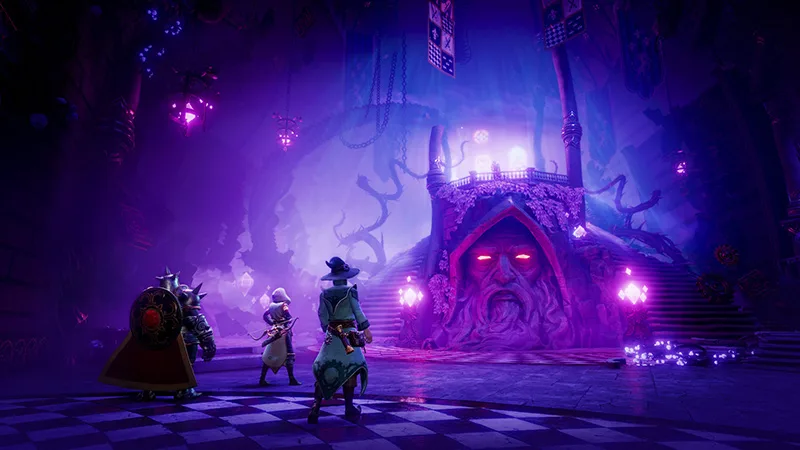
A Closer Look at Each Game
The Trine franchise has undergone significant evolution across its five main entries, each game contributing uniquely to the franchise’s legacy. From its humble beginnings to its current incarnation, each release has helped shape the series’ identity through various technological and design choices.
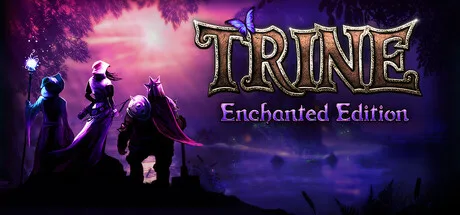
Trine: The Original Video Game (2009)
The debut title established the core formula that would define the franchise. Released in 2009, the original game (Trine 1) introduced players to the physics-based gameplay that would become the series’ hallmark. The game earned critical acclaim, maintaining a Metacritic score between 80-83 across different platforms. Its success led to the creation of the Enchanted Edition in 2014, which upgraded the original game to Trine 2’s enhanced engine and added online multiplayer support.
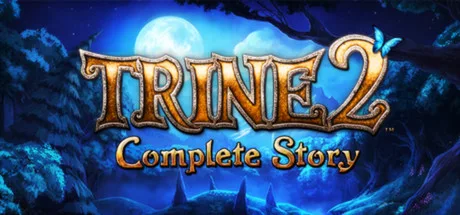
Trine 2: Complete Story (2011)
Building on its predecessor’s foundation, Trine 2 represented a significant leap forward in both visual fidelity and gameplay mechanics. The game expanded its scope with the Goblin Menace expansion and later released comprehensive Director’s Cut and Complete Story editions. Critical reception proved even stronger than the original, with Metacritic scores ranging from 84 to 87 across platforms. The game’s success helped establish Trine as a premier indie franchise.
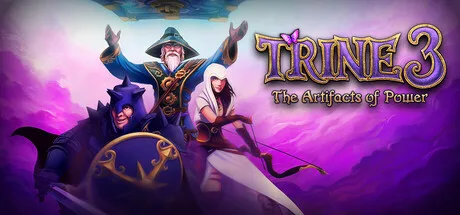
Trine 3: The Artifacts of Power (2015)
The third entry marked the series’ most dramatic departure, attempting a transition to full 3D gameplay. With a substantial budget of $5.4 million – triple that of Trine 2 – the game represented Frozenbyte’s most ambitious project to date. However, this ambition led to mixed reception, with Metacritic scores between 64 and 68. The game’s length became a point of contention, leading to open discussion about the series’ future direction.
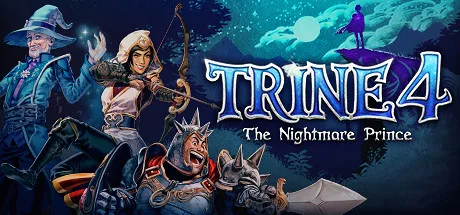
Trine 4: The Nightmare Prince (2019)
Following the mixed reception of Trine 3, The Nightmare Prince marked a deliberate return to the series’ 2.5D roots. This fourth entry refined the traditional formula while introducing new character progression systems and expanded puzzle mechanics. The game also received the Melody of Mystery expansion, adding more content to an already substantial package. Critics responded positively, with Metacritic scores consistently around 80-81 across platforms.
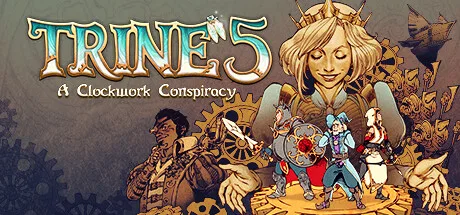
Trine 5: A Clockwork Conspiracy (2023)
A Clockwork Conspiracy represents the series’ most recent evolution, introducing multi-phase boss battles and enhanced character abilities. The game features 20 levels with adjustable difficulty systems, marking the series’ first collaboration with publisher THQ Nordic. New mechanics like gravity reversal for Amadeus and ricochet arrows for Zoya demonstrate how the series continues to innovate within its established framework.
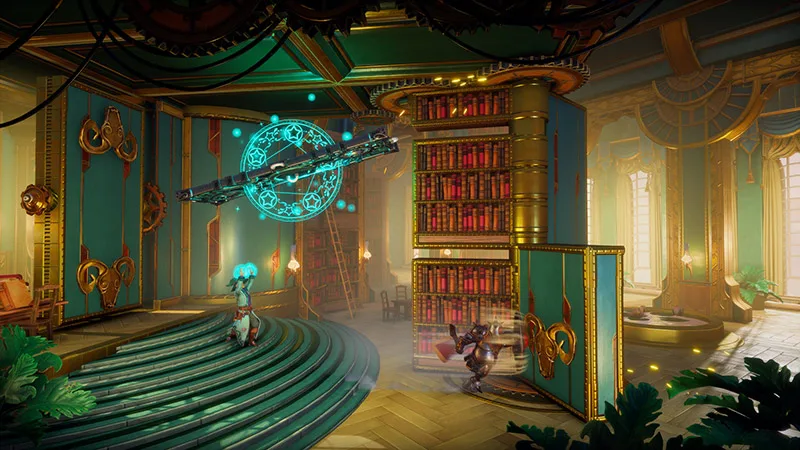
The Growth of Trine’s Gameplay Mechanics
The foundation of Trine’s gameplay rests on its innovative combination of physics-based puzzling and character-switching mechanics. Throughout five main entries, these core elements have been refined and expanded while maintaining the series’ distinctive identity and cooperative spirit.
Physics-Based Puzzle Design
At the heart of every Frozenbyte’s creation lies its sophisticated physics engine, first implemented through PhysX in the original 2009 release. The physics mechanics serve as more than mere window dressing – they form the foundation of every puzzle, requiring players to manipulate objects, create platforms, and understand how different elements interact. Each game has expanded these possibilities, with Trine 5 introducing new elements including air, light, magnets, and electricity into its puzzle design.
Character Ability Systems
The three heroes of Trine have seen their capabilities grow substantially across the series. Amadeus the Wizard evolved from simple box conjuring to complex environmental manipulation, culminating in the ability to reverse gravity in Trine 5. Zoya the Thief’s trademark grappling hook gained new versatility with each entry, eventually incorporating capabilities like fairy ropes and ricochet arrows. Pontius the Knight’s combat prowess expanded to include defensive techniques and, in later games, the ability to use his shield for creative puzzle solutions.
Combat Mechanics
The role of combat in the game has fluctuated throughout the series. The original game featured relatively simple enemy encounters, while subsequent entries attempted to deepen the combat experience. Trine 4 represented a significant refinement of combat mechanics, and Trine 5 further evolved this aspect with the introduction of multi-phase boss battles. The series consistently balanced combat with puzzle-solving, ensuring neither element overshadowed the other.
Cooperative Gameplay
Multiplayer cooperation has remained a central feature since the series’ inception. The original Trine offered local co-op, with the Enchanted Edition later adding online capabilities. Each subsequent release expanded these features, culminating in Trine 5’s sophisticated four-player cooperative mode that allows for various character combinations. The puzzle difficulty dynamically adjusts based on the number of players, ensuring a balanced experience regardless of party size.
Progression Systems
Character advancement has seen various iterations throughout the series. The original game introduced a shared experience system where collecting bottles granted skill points for ability upgrades. While part 3 temporarily abandoned this progression system, Trine 4 reintroduced character advancement with new skill trees. Trine 5 refined this further with its skill quest system, providing more structured progression through specific character challenges.
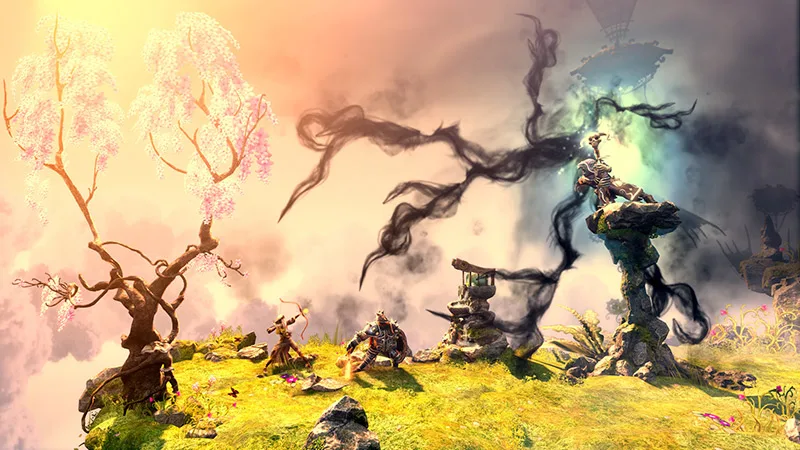
The Technology Behind Trine’s Magic
The technical evolution of this magical adventure represents a fascinating journey through gaming’s technological advancement. From its initial implementation of physics-based gameplay to its current state of visual excellence, each entry has pushed the boundaries of what’s possible within its scope.
Engine Development
The series’ foundation was built on the robust PhysX physics engine in 2009, establishing the framework for its signature gameplay mechanics. This technical choice proved crucial for the original Trine’s success, enabling precise object manipulation and environmental interaction. The creation of the Enchanted Edition in 2014 marked a significant milestone, upgrading the original game to Trine 2’s enhanced engine and adding crucial online multiplayer capabilities.
Platform Optimization
Each Trine release demonstrated Frozenbyte’s growing expertise in cross-platform development. The original game’s successful port to multiple platforms set a precedent for the series. Particularly notable was Trine 2’s Director’s Cut for Wii U, which the development team optimized in just two days, showcasing the engine’s flexibility. This expertise culminated in Trine 5’s simultaneous release across multiple generations of gaming hardware.
Multiplayer Implementation
The series’ networking capabilities evolved significantly from local-only cooperation to sophisticated online play. The Enchanted Edition marked a crucial turning point, introducing stable online multiplayer to the original game. Subsequent releases refined these systems, with Trine 2’s Director’s Cut notably implementing flexible control schemes for local multiplayer, supporting various controller combinations on Nintendo’s platform.
Visual Technology
Trine’s visual presentation has consistently pushed technical boundaries. The original game’s artistic achievement garnered immediate recognition, with subsequent entries raising the bar further. Trine 2 particularly stood out for its advanced lighting systems and enhanced environmental detail, setting new standards for 2.5D presentation. The series maintained this commitment to visual excellence even during its brief foray into 3D with part 3, which required significant technical innovation to maintain the series’ signature style in a new dimension.
Performance Balancing
Throughout its evolution, the saga has demonstrated increasingly sophisticated performance optimization. From the original’s relatively straightforward requirements to Trine 5’s scalable systems, each entry balanced visual fidelity with performance demands. The implementation of adjustable difficulty systems in Trine 5 for puzzles, combat, and resurrection mechanics showcases how technical considerations directly influence gameplay experiences.
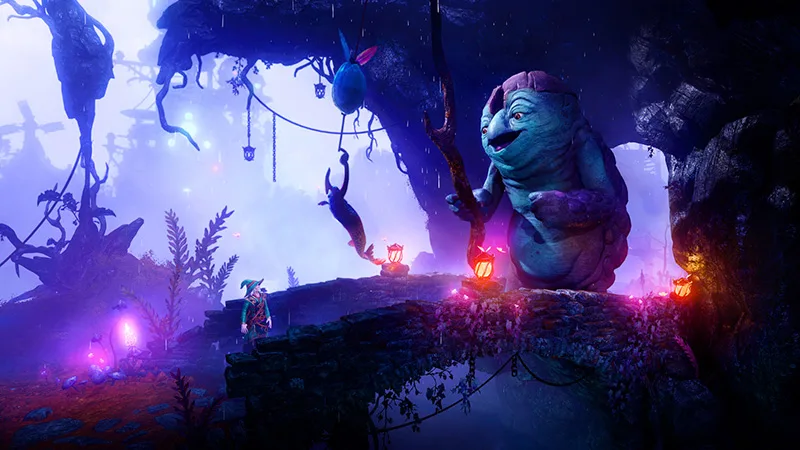
How Trine Became a Commercial Success
The commercial journey of this genre-defining adventure represents a compelling success story in indie game development. From its modest beginnings to becoming a multi-million-selling franchise, the series demonstrates how quality gameplay and consistent innovation can build lasting success in the gaming industry.
Early Success and Growth
The trio’s adventures began as a side project by Frozenbyte’s senior programmer, Jukka Kokkonen, while the team was facing challenges with another project. This fortuitous shift in focus proved transformative, as the original Trine achieved significant success. By February 2011, the game had reached 400,000 copies sold across all platforms, and by December of the same year, shortly before Trine 2’s release, sales had grown impressively to 1.1 million copies.
Publishing Evolution
The series’ publishing strategy evolved significantly over time. Frozenbyte initially self-published their work, maintaining creative control over their vision. Trine 2’s Director’s Cut marked a significant milestone as the developer’s first self-published title on Nintendo platforms, reflecting growing confidence in their publishing capabilities. The most recent evolution came with Trine 5, which saw a new partnership with THQ Nordic as publisher.
Platform Expansion
From its initial PC release, the series demonstrated remarkable platform versatility. The original game expanded from Windows to include Linux, OS X, and various consoles. Each subsequent release broadened this reach, with Trine 2 receiving particular acclaim for its Wii U Director’s Cut edition. The series consistently leveraged new platform opportunities, culminating in Trine 5’s simultaneous release across multiple console generations.
Sales Milestones
The franchise’s commercial growth is well-documented through official announcements. By October 2014, Frozenbyte revealed that the Trine series had sold over seven million copies worldwide, demonstrating its transformation from indie curiosity to established franchise. This success validated the series’ approach to game design and business strategy, proving the viability of focused, quality-driven development in the indie space.
Distribution Strategy
The series embraced various distribution methods to reach its audience. From traditional digital storefronts to innovative bundles like the Humble Frozenbyte Bundle, which helped fund Trine 2’s development, the franchise demonstrated adaptability in its approach to game distribution. Each release refined this strategy, culminating in Trine 5’s comprehensive multi-platform launch.
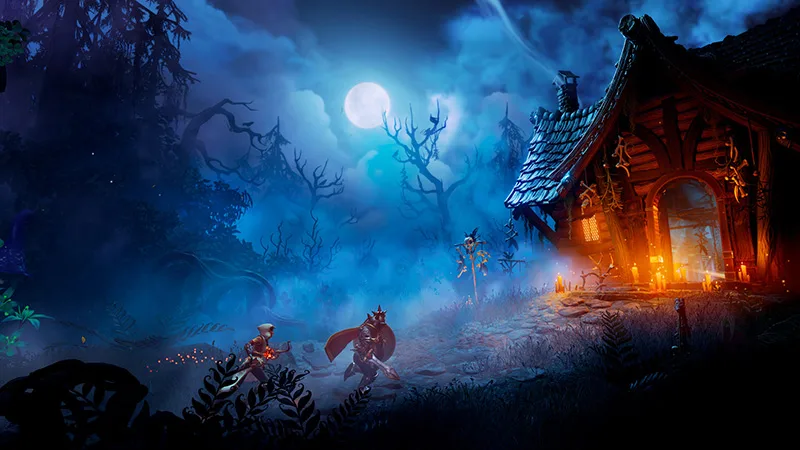
Changing the Puzzle-Platformer Genre
This cooperative adventure has left an indelible mark on the gaming industry, particularly in the realm of puzzle platformers. Its success helped establish new standards for indie game development and demonstrated the viability of physics-based gameplay mechanics in mainstream gaming.
Critical Recognition
The series’ excellence was recognized from its earliest days, with the original Trine winning GameSpot’s “Best Downloadable Game” Editor’s Choice award at E3 2009. This recognition continued throughout the series, with each successful entry receiving strong critical acclaim. Notably, Trine 2 achieved Metacritic scores of 84-87 across platforms, while Trine 4’s return to form earned similar praise, demonstrating the series’ consistent quality.
Genre Innovation
Trine’s approach to physics-based puzzles redefined expectations for puzzle-platformers. The game’s signature three-character system, combined with its physics engine, created a new template for environmental puzzle design. The original game’s success influenced numerous subsequent titles in the genre, particularly in how they approached cooperative gameplay and physics integration.
Technical Achievement
The series consistently set new benchmarks for visual quality in 2.5D gaming. Starting with the original’s “stunning attention to detail” noted by PC Format magazine, each entry pushed technical boundaries. Particularly notable was Trine 2’s visual achievement, which IGN highlighted as one of the “most gorgeous looking 2.5D games” of its time, establishing new standards for artistic excellence in indie development.
Development Influence
The success story of the trio’s chronicles provided a notable blueprint for indie studio growth. Frozenbyte’s journey from a small team working on a side project to delivering five major releases demonstrates a sustainable approach to independent game development. The team’s transparent communication, particularly during Trine 3’s development challenges, set an example for developer-community relations in the indie space.
Enduring Appeal
The longevity of the beloved franchise, spanning from 2009 to 2023 with five main entries, speaks to its enduring appeal. Its influence extended beyond games, with the series’ narrator even receiving a special announcer pack for Dota 2 in 2013, demonstrating its cultural reach. The franchise’s ability to maintain relevance while adapting to changing gaming landscapes showcases the strength of its core design principles.
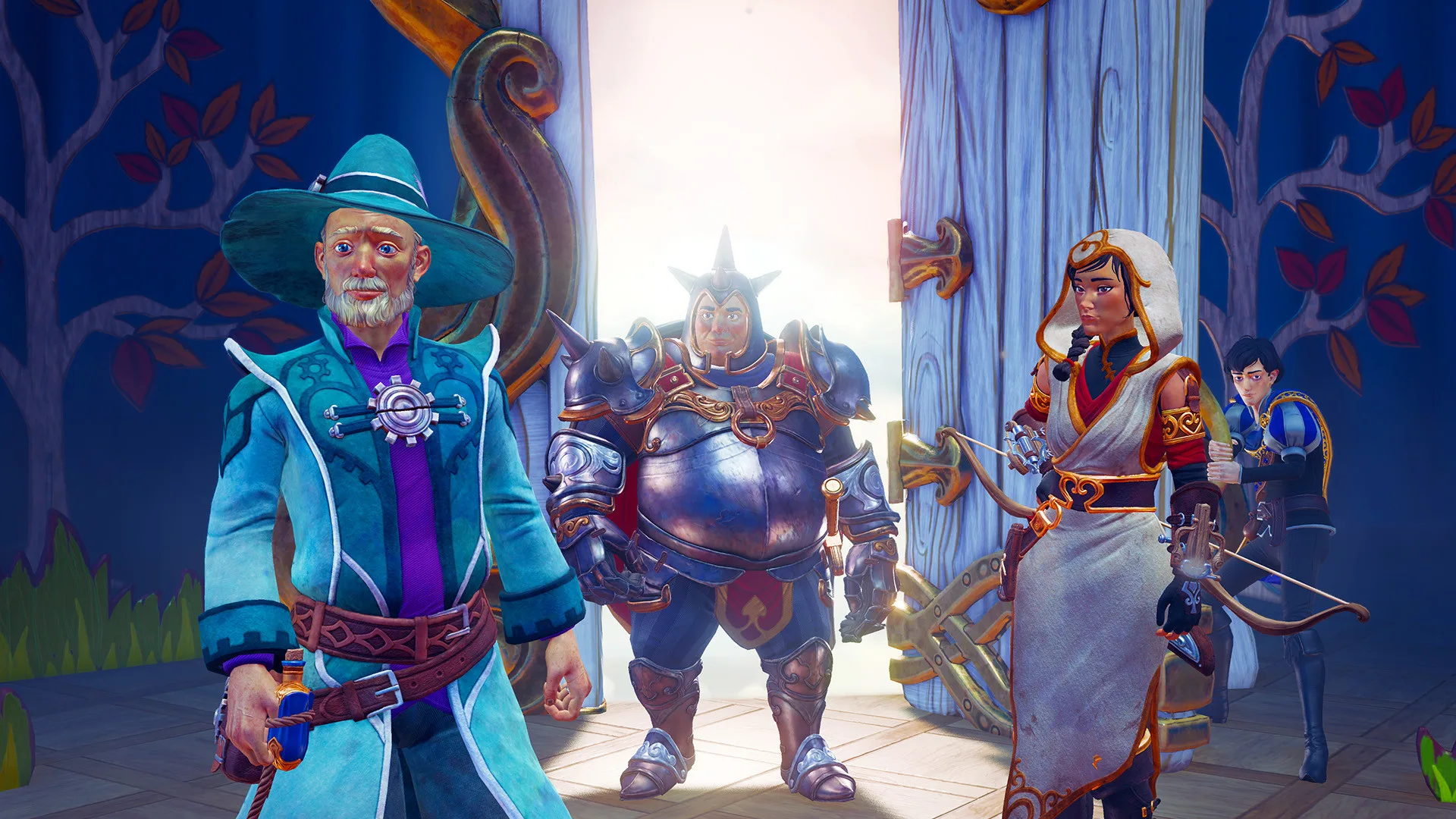
Future Potential
After five main entries and fifteen years of evolution, these heroic adventures have established a strong foundation for future development. The success of recent entries, particularly following the series’ return to its core gameplay mechanics, suggests promising directions for future development.
Established Formula Success
The series’ return to its 2.5D roots with parts 4 and 5 has proven particularly successful. After the experimental 3D approach of Trine 3, which Frozenbyte acknowledged as “too ambitious” for their resources at the time, the series found renewed success by refining its core physics-based puzzle gameplay. This established foundation provides a stable base for future innovations within the proven framework.
Technical Advancement
Trine 5’s implementation of advanced features such as adaptable difficulty systems for puzzles, combat, and resurrection mechanics demonstrates the series’ continuing technical evolution. The game’s successful integration of new elements like gravity manipulation, ricochet arrows, and multi-phase boss battles shows there’s still room for innovation within the established format. These additions suggest potential for further mechanical expansion in future entries.
Publishing Partnership
The transition to THQ Nordic as publisher for Trine 5 marks a significant change in the series’ business approach. This partnership, combined with the series’ documented success of over seven million sales (as of 2014), positions the franchise with strong support for future development. The relationship with a major publisher provides new resources and opportunities for the series’ continued growth.
Platform Development
Throughout its history, the series has demonstrated remarkable adaptability across gaming platforms. From PC to consoles, each entry has successfully expanded its reach through various ports and platform-specific optimizations. The series’ proven track record of successful platform adaptation suggests continued opportunities for reaching new audiences through emerging gaming platforms.
Community Engagement
The series’ history of responsive development, particularly evident in how Frozenbyte addressed community feedback when returning to 2.5D gameplay, indicates a strong foundation for future community-driven improvements. The successful integration of both local and online cooperative play, along with adjustable difficulty systems, shows attention to player preferences that can guide future developments.
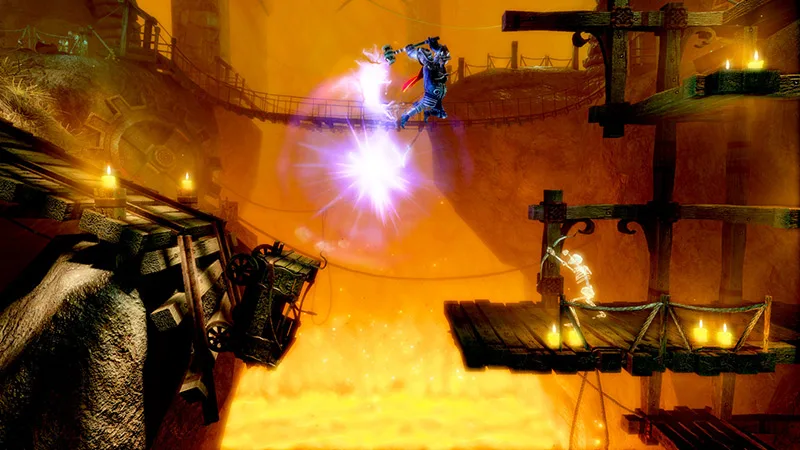
Common Questions About Trine Game Series
How many games are in the Trine series?
The Trine collection consists of five main games: Trine (2009), Trine 2 (2011), Trine 3: The Artifacts of Power (2015), Trine 4: The Nightmare Prince (2019), and Trine 5: A Clockwork Conspiracy (2023). The original game also received an enhanced version called the Trine Enchanted Edition in 2014.
What is the best Trine game in a collection?
Trine 2 consistently received the highest critical acclaim, with Metacritic scores between 84-87 across platforms. The latest entries, Trine 4 and 5, have also been well-received, while Trine 3’s experimental shift to 3D gameplay received more mixed reviews. My personal award goes to the fourth entry in this beloved franchise.
What kind of game is Trine?
Trine is a physics-based puzzle platformer that combines fantasy elements with cooperative gameplay. Players solve environmental puzzles using three different characters’ unique abilities while navigating through beautifully crafted 2.5D environments. The series is known for its blend of physics puzzles, platforming challenges, and light combat elements.
Can Trine be played alone or is it multiplayer only?
All Trine games can be played both single-player and multiplayer. In single-player mode, you can switch between the three characters at will. The games support both local and online cooperative play for up to three players (four players in some modes of later entries), with puzzle difficulty adapting based on the number of players.
What makes each character in Trine unique?
Each hero has distinct abilities: Amadeus the Wizard can conjure objects and manipulate the environment using magic, Zoya the Thief uses her bow and grappling hook for ranged combat and traversal, and Pontius the Knight specializes in close combat and defense. These abilities have evolved throughout the series, with new powers added in each game.
How successful has the Trine franchise been?
The series has been commercially successful, with documented sales of over seven million copies by 2014. The original Trine sold 1.1 million copies by December 2011, demonstrating strong early success that led to multiple sequels and continued franchise development.
Do I need to play the Trine games in order?
While each Trine game contains its own self-contained story, they share a continuing narrative about the three heroes and their adventures. The gameplay mechanics evolve throughout the series, but each game is designed to be accessible to new players while offering additional depth for series veterans.
What platforms are the Trine games available on?
This acclaimed series has broad platform availability across PC (Windows, Linux, macOS) and major consoles. The latest entry, Trine 5, is available on current and previous generation PlayStation and Xbox consoles, Nintendo Switch, and PC platforms, continuing the series’ tradition of wide platform support.
Ready to experience the magic yourself? Gather your family, choose your adventure, and discover why this physics-based fantasy series has captivated players for 15 years. The best family gaming moments await!
Let’s connect on social media!
Want more insights like this? Subscribe to my newsletter for weekly updates!






